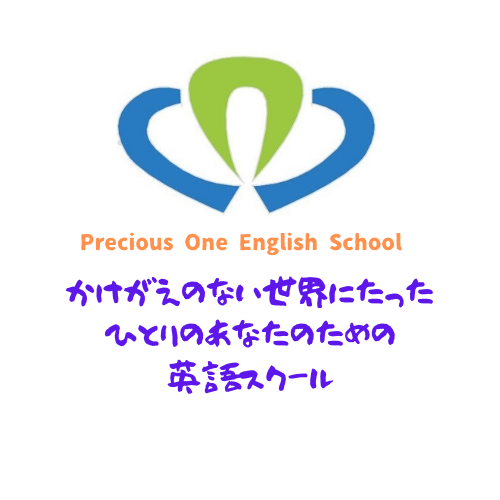Ewa Nowogorski
A common complaint that many Japanese people have when they go abroad and try the sweets there is that they are simply too sweet. And this is certainly true for them, because they consume a lot less sugar than most people around the world. Americans living in the USA have by far the highest sugar consumption of any person in the world, consuming an average of 126 grams of sugar per day. In comparison, Japanese people consume an average of 49 grams per day, which is less than half that of Americans. Japanese people are smaller, consume fewer calories, and are on average lighter in weight than Americans are. Therefore they do not need to eat as much as Americans do for their size, but even then they eat a lot less.
Ironically, Japanese cuisine still contains sugar in a lot of places. You will find sugar almost everywhere you look, from bread to sauces for savory dishes. Seriously though, the bread here is super sweet in comparison to European bread. There are even soy sauces with a high sugar percentage to flavor certain fried fish.
And although sugar is not as heavily consumed in Japan, there are surprisingly a wide variety of sugars to choose from when you go to the local Japanese supermarket. Of course, there are the standard white sugar, powdered sugar, and brown sugar options, but there are more options to choose from. Certain varieties of brown and cane sugar are grown in different locations around Japan and marked up in price for their exotic-ness.
Wasanbon is one such fine-grained Japanese sugar, traditionally made in the Shikoku prefectures of Tokushima and Kagawa. It is used especially for traditional Japanese sweets, having desirable butter and honey overtones.
Okinawa black sugar is another very famous sugar renown and prized for its higher nutritional values. Unlike refined white cane sugars, Okinawan Black Sugar contains many minerals, such as potassium, calcium, and iron, and has traditionally been used for many home remedies. It does have a very distinct taste and it may not appeal to a person who has never tried it before. It almost has a salty taste.
You can go to a supermarket in Japan and you will notice that there are of course the regular white sugars. The brown and cane sugars will usually be 2 to 3 times more expensive than that. And there are also many sugar substitutes on the shelves as well that claim to have zero calories. They are similar to stevia in America. Japanese people are very health conscious and many use these liquid sweeteners as an alternative in their cooking.
When and if you go to Japan, you should definitely try out the different types of sugar available.

















コメントを投稿するにはログインしてください。